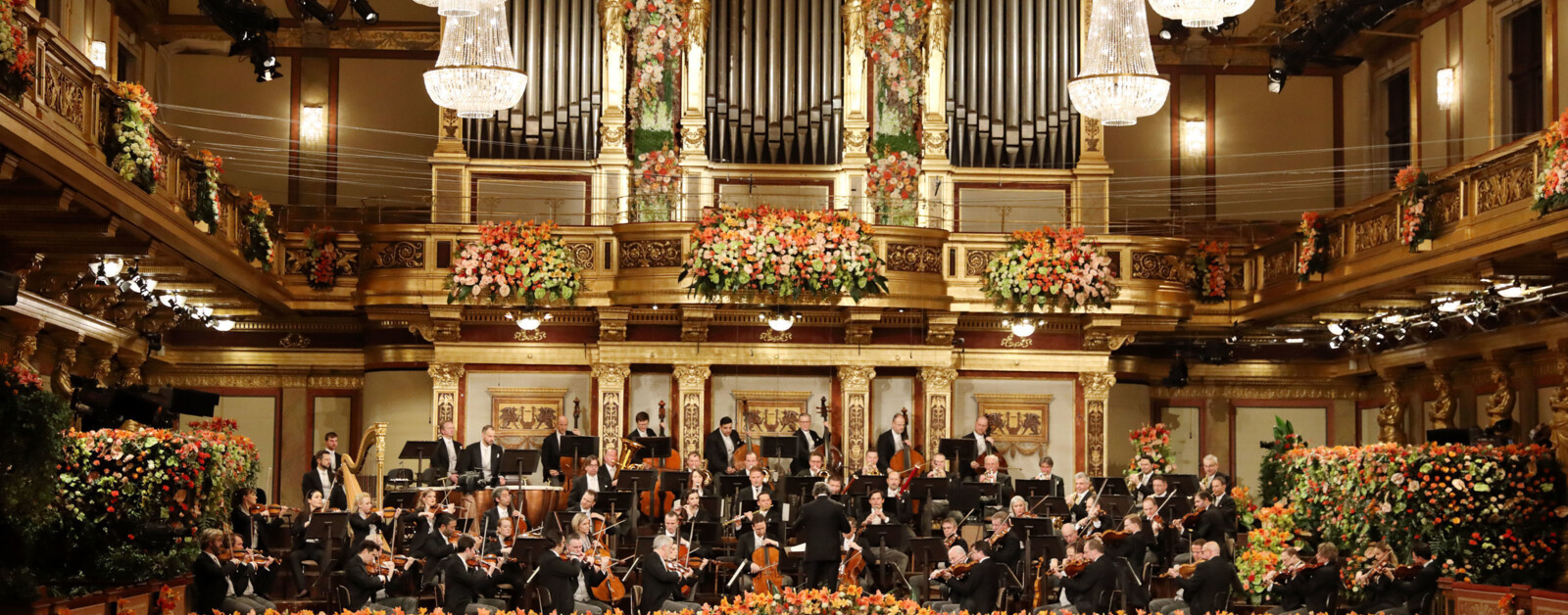

None of these three can be defined today without mentioning the others. Still, the connection between Bernstein, Mahler and musical Vienna is worthy of a monument. Of all the renowned composers, interpreters and musicians who have left their mark on Vienna over the centuries, it might seem an odd choice to honor exclusively these two Jewish maestri – the former a native son who was shunned by Lueger era anti-Semitic Viennese society the latter an exuberant New Yorker who through his Broadway musicals and television appearances became a worldwide celebrity. The caption: “In this concert hall on May 28, 1948, the great director, composer and pianist made his Vienna debut.” In the elegant yet semi-legible signature, the honoree is Leonard Bernstein – arguably the most accomplished American-born music celebrity of the 20th century.


On the other side of the doors, another bas-relief plaque depicts an autograph on a musical score. Its inscription marks the date – J– when “the art of this great musician” – banned as “degenerate” during the Nazi regime–“was again made part of Austrian cultural life.” Mounted outside Vienna’s Konzerthaus entrance is a bronze plaque displaying the profile of Gustav Mahler.


 0 kommentar(er)
0 kommentar(er)
